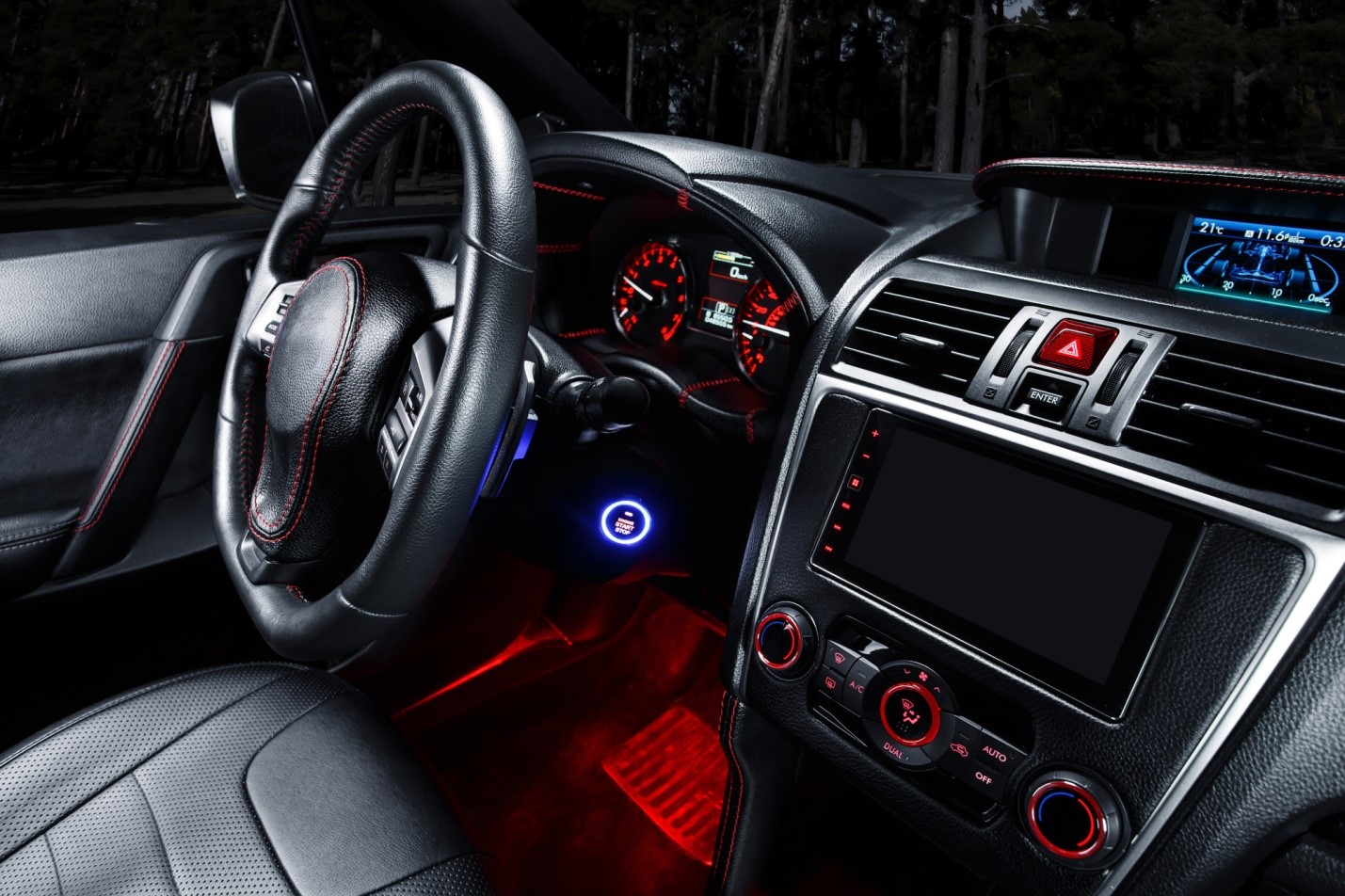Have you ever wonder what does gasoline Octane Rating means? That numbers shown in the gas pumps? Every time we go to a gas pump to fill our car’s tank, we always have the choice of what octane rating we wish to put in. We can also see a sticker on the gas pump with the different ratings available in that station and if living on the USA, will also see the rating calculation method used.
In USA, those ratings vary among 87, 89, 91 or 93 octane. Gas with higher numbers than those, is called “Racing Gas” and (1) it is not commonly seen on standard gas stations and (2) price is considerably higher than standard octane rating gas. But, what about it???
Octane rating is a number to define the property of gasoline to resist detonation by high pressure and high temperature conditions, in a specific range. It does NOT mean that 93 octane gas is way more powerful than 87 octane, like Dynamite is way more powerful than gun powder. Resistance to detonation means; how hard can we push or compress that gasoline in our engines (taking in account temperature) before it detonates without the spark plug firing. When that later unwanted condition occurs, it is called pre-ignition, knocking, pinging or simply detonation. Remember that it is a internal combustion engine or “Explosion engine”. Detonations are way more powerful, faster and destructive than explosions. Detonations provides no usable power to the engine.
The higher the octane rating, the more it will resist the above situation from happening. Racing and muscle cars, often produce a lot of compression and elevated temperatures inside their engines and that is why it is normal to use very high octane rating gas on such vehicles.
Detonations
It is not convenient at all that gasoline fire before it is meant to as it will cause a lot of trouble to the engine, affecting its performance and endangering it to get broken. Just imagine the gas, detonating at the compression stoke, several degrees before the “Top Dead Center” or TDC. That will be an unwanted situation where the piston pushes upward while the detonation pushes downward at the same time, in the same stroke. Very bad! It produces zero power as the detonation won’t succeed pushing the piston down because of the fact that it is still located before top dead center and there will be absolutely no down movement until that point is passed. Also, detonations occur in microseconds, which wouldn’t be of any mechanical advantage. It will be more like hammering the piston instead of pushing it down.
When detonations occur, power is lost by two conditions, first, the obvious one; a detonation is too fast and always occur against engine timing and secondly, if the knock sensor “notices” the detonation, there will be a response from the car computer (ecu), which will retard ignition timing several degrees until no more detonations are detected. That is a response programmed in the ecu’s software to protect the engine in case of detonations. The down side is that it will make the car to stall.
Summarizing
Octane is not a direct measure of gasoline power. All gasoline will have similar combustion reactions (explosive power) depending on its refining quality and cleanliness, regardless of what octane it is rated (87, 89, 91, 93, 104, etc.). The difference will be that lower rating gas (87 and 89 octane) will go to combustion before higher rating gas (91, 93 and higher octane) under the same temperature, pressure and volumetric conditions, without spark.
Octane Rating Calculation Methods
There are various calculation methods, RON, MON, and PON or AKI.
RON: (Research Octane Number). Most common fuel used in Europe, Australia and some other Countries. It is determined with measurements of fuel behavior in a variable compression engine. Results are compared with other iso-octane fuels, wish means, compared with other fuel types with equal number of similar octane molecules present, but not the of the same organic compound.
MON: (Motor Octane Number). Determined also with a variable compression engine, but with the fuel already preheated, variable ignition timing and higher RPMs than the RON method. This method is more precise on determining fuel behavior on an loaded engine.
PON or AKI: (Pump Octane Rating or Anti-Knock Index): This is the method used in USA and Canada, expressed as [R+M]/2, wish means RON number plus MON number, divided by 2. In other words, it is the average between both methods above.
Equivalency
So, due to the fact that RON is always from 4 to 5 points higher of its equivalent to PON or AKI, the number conversion between USA and Europe octane ratings will approximately be as follows:
USA (PON) -> Europe (RON)
87 -> 91
89 -> 93
91 -> 95
93 -> 98
Thanks for reading.











